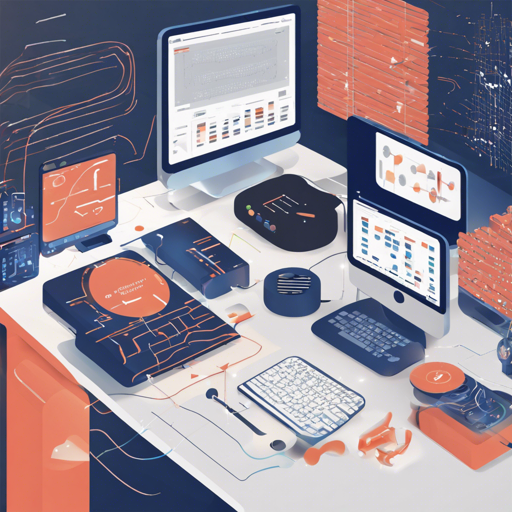Welcome to the fascinating world of voice cloning! In this article, we will guide you through the process of building a voice cloning app using Python and PyTorch. We aim to make this as user-friendly as possible, so let’s dive in!
Getting Started: System Requirements
Before you start your voice cloning journey, ensure that your system meets the following requirements:
- Windows 10 or Ubuntu 20.04+ operating system
- 5GB+ Disk space
- NVIDIA GPU with at least 4GB of memory (driver version 456.38+ – optional)
Key Features of the Voice Cloning App
This app is equipped with some remarkable features:
- Automatic dataset generation (supports subtitles and audiobooks)
- Additional language support
- Local and remote training
- Easy train start/stop functionality
- Data importing/exporting capabilities
- Multi GPU support
Step-by-Step Guide
The following steps will make up the core of your voice cloning app:
1. Installation
To begin, install the necessary dependencies as detailed in the installation guide. This includes setting up Python, PyTorch, and other essential libraries.
2. Building the Dataset
Use the dataset guide to create a comprehensive dataset for training the voice cloning model. This will involve collecting audio files and their respective transcripts.
3. Training the Model
Follow the instructions in the training guide to train your model. This is the heart of your app, where the magic happens.
4. Synthesizing Voices
Once trained, utilize the synthesis guide to convert text into synthesized speech using your trained model.
5. Making Improvements
Refer to the maintenance guide for making any adjustments or improvements to your model’s performance.
Understanding the Code: A Library Analogy
Think of your voice cloning app’s code like a library filled with books representing various voices. Each time you want to create a new voice, you reach for a specific book, extract the relevant information (audio patterns and characteristics), and compile it into a new narrative (the voice output). The more diverse the collection of books (datasets) you have, the richer and more varied the voices you can create!
Troubleshooting Common Issues
While setting up your voice cloning app, you might face some challenges. Below are troubleshooting ideas to help you out:
- Installation Problems: Ensure all dependencies are properly installed, especially PyTorch and CUDA if using a GPU.
- Training Errors: Check your dataset for incomplete or corrupted files, as this could hinder the training process.
- Synthesis Issues: If the synthesized output is not satisfactory, consider refining the dataset or retraining the model with more data.
For more insights, updates, or to collaborate on AI development projects, stay connected with fxis.ai.
Future Improvements
The development team is already planning future enhancements, which include:
- Adding support for Talknet
- Implementing GTA alignment for Hifi-GAN
- Improved batch size estimation
- AMD GPU support
Additional Resources
To further assist your learning, here are some additional resources:
- Remote training notebook
- Try out existing voices at uberduck.ai and Vocodes
- Youtube data fetching
- Synthesize in Colab
- Generate Youtube transcription
- Wit.ai transcription
At fxis.ai, we believe that such advancements are crucial for the future of AI, as they enable more comprehensive and effective solutions. Our team is continually exploring new methodologies to push the envelope in artificial intelligence, ensuring that our clients benefit from the latest technological innovations.
Happy cloning!

